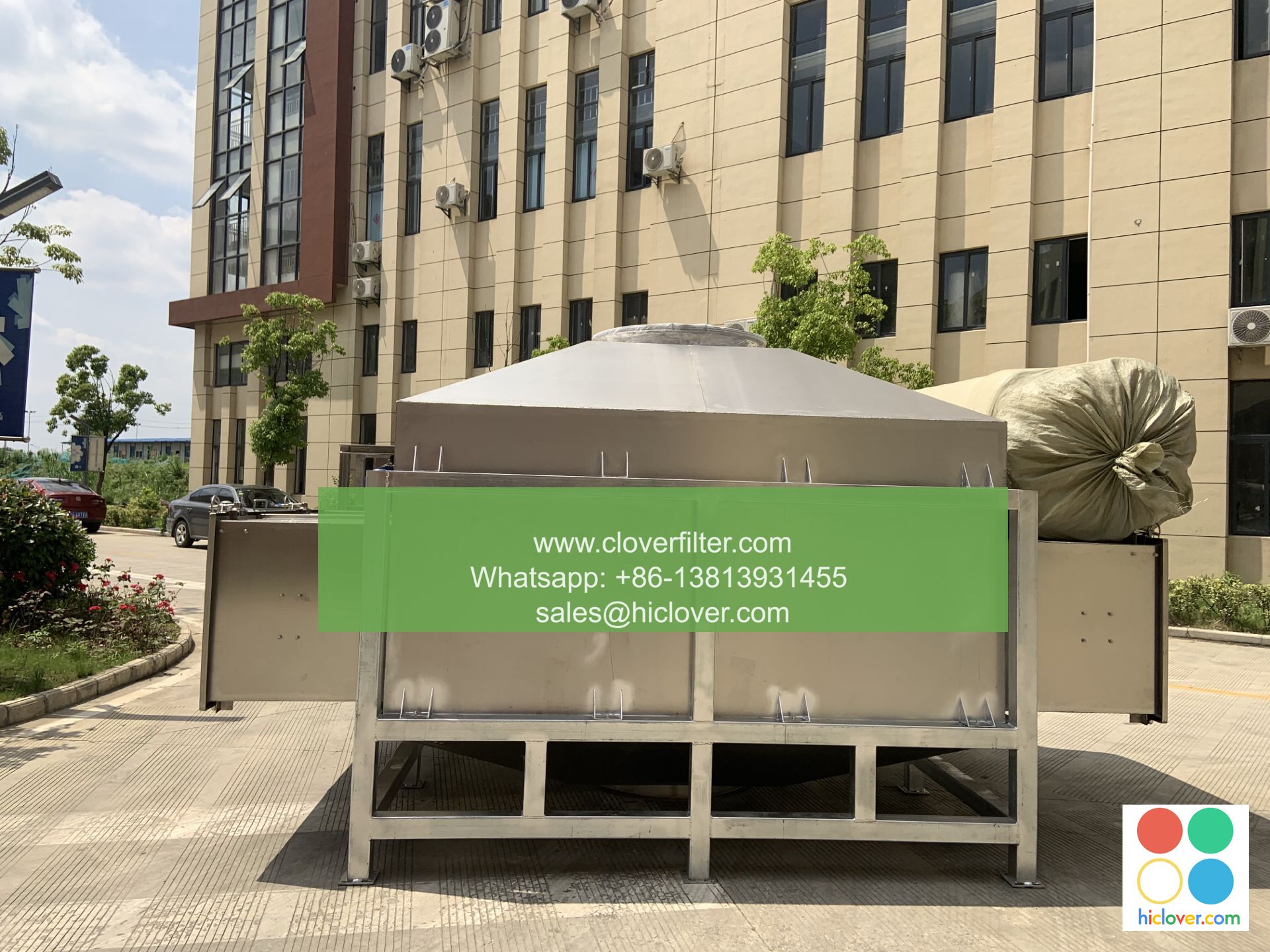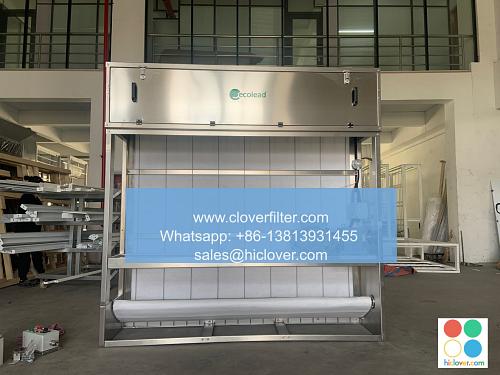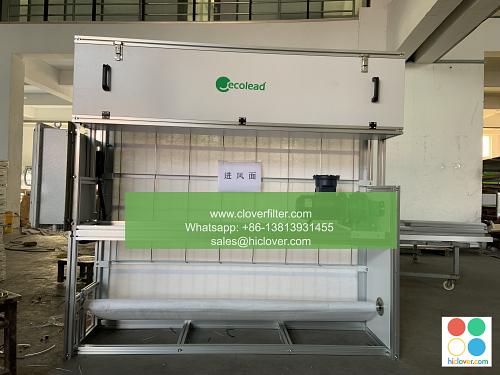Activated Carbon Filter Production: Properties and Applications

Activated Carbon Filter Production: Unlocking the Power of Activated Carbon
Introduction
Activated carbon, also known as activated charcoal, is a highly porous form of carbon that has been treated with oxygen or steam to increase its surface area and adsorption capacity. This remarkable material has been used for centuries to purify water, air, and gas, as well as in a wide range of industrial applications. In this article, we’ll delve into the properties and production process of activated carbon filters, as well as their numerous applications across various industries.
Properties of Activated Carbon Filters
Activated carbon filters possess a range of unique properties that make them highly effective in various applications. Some of the key properties of activated carbon filters include:
- High surface area: Activated carbon filters have an extremely large surface area, which allows them to adsorb impurities and contaminants with ease.
- High adsorption capacity: The large surface area of activated carbon filters enables them to absorb and retain large amounts of impurities, making them ideal for air and water purification applications.
- Chemical inertness: Activated carbon filters are non-reactive, which means they won’t react with other substances, ensuring the integrity of the filtered material is preserved.
- Low density: Activated carbon filters are typically lightweight, making them easy to transport and install.
- Source material selection: Lignite, coconut shells, or other organic materials are selected as the source material for the production of activated carbon.
- Activation process: The selected material is then processed using steam, heat, or chemicals to increase the surface area and porosity of the material.
- Air purification: Activated carbon filters are used in air purifiers, respirators, and breathing masks to remove impurities and pollutants from the air.
- Water purification: Activated carbon filters are used in water treatment plants, water softeners, and home water filters to remove impurities, odors, and contaminants from water.
- Industrial applications: Activated carbon filters are used in various industrial processes, such as gas masks, fuel filters, and industrial air and water treatment systems.
- Medical applications: Activated carbon filters are used in medical equipment, such as surgical masks and respirators, to prevent the transmission of diseases.
- Food and beverage applications: Activated carbon filters are used in coffee makers, water coolers, and ice makers to remove impurities and improve the taste and odor of water.
Production of Activated Carbon Filters
The production of activated carbon filters involves a two-stage process:
Applications of Activated Carbon Filters
Activated carbon filters have an impressive range of applications, including:
Conclusion
In conclusion, activated carbon filters offer a range of benefits, including high surface area, high adsorption capacity, chemical inertness, and low density. The production process involves selecting a source material and activating it through steam, heat, or chemicals. The applications of activated carbon filters are vast and diverse, from air and water purification to industrial and medical applications. Whether you’re looking to purify air, water, or gas, activated carbon filters are an effective and reliable solution.
It looks like you’re ready to get started! I’m here to help with any questions you may have or to create content for you. What would you like to talk about or create today?


